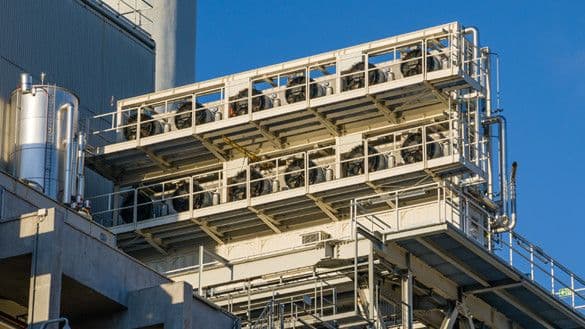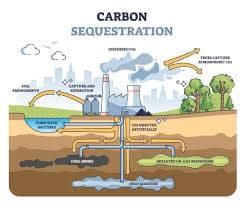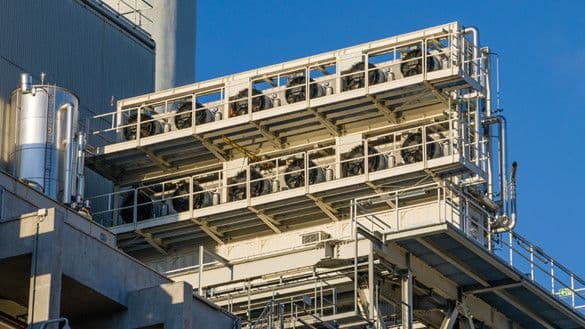
What is carbon capture and storage

Joshua Worden
Intro
Carbon capture and storage (CCS) is a way of reducing carbon dioxide (CO2) emissions, which could be key to helping to tackle global warming. It’s a three-step process, involving: capturing the CO2 produced by power generation or industrial activity, such as hydrogen production, steel or cement making; transporting it; and then permanently storing it deep underground. Here we look at the potential benefits of CCS and how it works.
What is carbon capture and storage?
CCS involves the capture of CO2 emissions from industrial processes, such as steel and cement production, or from the burning of fossil fuels in power generation. This CO2 is then transported from where it was produced, via ship or in a pipeline, and stored deep underground in geological formations.

How can CCS help prevent global warming?
The Intergovernmental Panel on Climate Change (IPCC) highlighted that, if we are to achieve the ambitions of the Paris Agreement and limit future temperature increases to 1.5°C (2.7°F), we must do more than just increasing efforts to reduce emissions – we also need to deploy technologies to remove CO2 from the atmosphere. CCS is one of these technologies and can therefore play an important role in tackling global warming.





